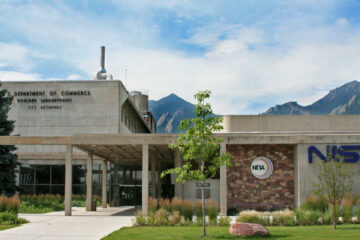Text from an article Brian wrote for New Hampshire Business Review, published May 2011
![]()
If your technology assets are as valuable as you think they are, you owe to yourself and your customers to have a comprehensive data backup and restoration system in place. Apply the following five criteria in selecting any backup and recovery system:
1. Ease of Use – Most small and medium sized businesses (SMB) lack the time and skill set to pull out a manual every time they need to check on whether a backup is happening. Further, when disaster does strike (which it will) your technology people must be able to restore your data quickly so that you can continue to run your business. Make sure that vendors show you actual scenarios of test failures and recoveries before purchasing a product. Many products won’t actually pass the “Ease of Use” test and if they don’t, they should be quickly taken off the list.
2. Recoverability – Does the solution recover files, databases, mailboxes and whole systems? Most software and hardware solutions are quite affordable these days. You should be able to recover information such as individual files, company databases, system email boxes and the entire system state. When you recover the entire computer it should allow for what is called “bare metal” restores. This takes a snapshot image of all the data at a point in time and allows you to switch that image to a new computer in case of disaster. Sounds difficult, right? Not really. The image based technology has come a long way and is far easier to work with which fulfills criteria number one.
3. Comprehensiveness – Not only should you have an onsite backup but you also need to have a method to back up your company’s data to an alternative, offsite location. In the old days that meant a key employee was responsible for taking the tape out of the drive and bringing it home. This method still works but has a couple flaws. What happens if the employee forgets to take the tape out that day? What if there is a local or regional natural disaster? Automation is the essential in this area because it reduces the risk of human error. Also, having data in a secure data center located in another part of the country will help if there is a local disaster. Offsite backup should be part of the recovery mix and the best products will have that function tightly integrated. Most businesses that we consult with are lacking in this area because the costs and benefits have not been properly explained to decision makers.
4. Affordability – Is the solution priced for an SMB? In years past, if SMBs wanted to do backup properly, they’d have to use backup software intended for large companies. This meant very costly and labor intensive solutions were adopted by SMBs that left a bad taste in their mouths. However, that has changed by leaps and bounds. Realizing the need to capture more customers, vendors have set their sights on the largest driver of our economy, the small business. These are not simply “stripped down” versions of enterprise systems; rather, they are robust, affordable software, hardware, and appliances that contain all the tools needed for reliable recovery.
5. Vendor Support – This is critical because if something goes wrong you need someone to call. Having your people trying to figure out stuff on their own is not an option when your employees cannot access the information that drives the business. Whether you have someone taking care of backup and restores in-house or outsource this function to a local IT vendor , it’s important that your backup solution has maximum support. Some vendors will ship out new device replacements or provide unlimited phone support. Good vendors will even help IT folks with the setup to temporary “virtual” servers that will keep the business running until replacement hardware arrives.



